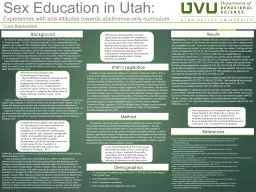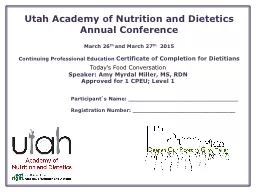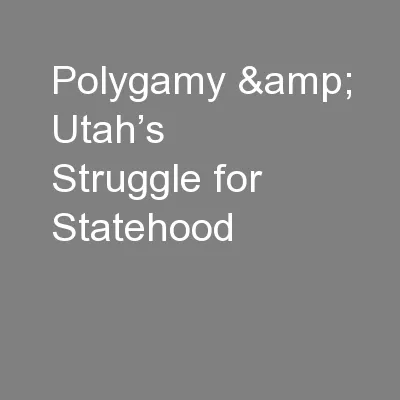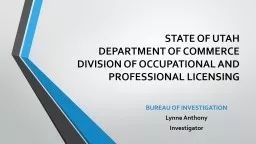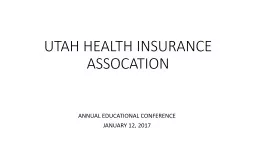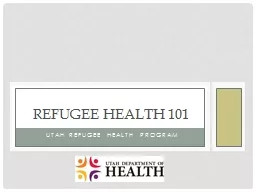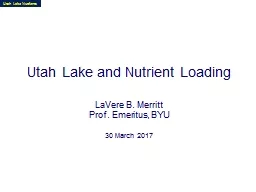PPT-Sex Education in Utah: Ciara Blankenfeld
Author : evadeshell | Published Date : 2020-06-15
Method Background Utahs Legislation Past Experience An independentsamples ttest was conducted to compare participants who received sex education in Utah to those
Presentation Embed Code
Download Presentation
Download Presentation The PPT/PDF document "Sex Education in Utah: Ciara Blankenfeld" is the property of its rightful owner. Permission is granted to download and print the materials on this website for personal, non-commercial use only, and to display it on your personal computer provided you do not modify the materials and that you retain all copyright notices contained in the materials. By downloading content from our website, you accept the terms of this agreement.
Sex Education in Utah: Ciara Blankenfeld: Transcript
Download Rules Of Document
"Sex Education in Utah: Ciara Blankenfeld"The content belongs to its owner. You may download and print it for personal use, without modification, and keep all copyright notices. By downloading, you agree to these terms.
Related Documents

